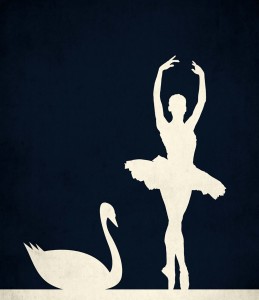Classical Ballet: The Timeless Art of Grace and Discipline
Introduction
Classical Ballet is a traditional and highly disciplined form of ballet with roots in the Renaissance courts of Italy and France. Renowned for its strict technique, beautiful lines, and ethereal qualities, it has evolved over centuries to become one of the most esteemed forms of dance.
What is Classical Ballet?
Classical Ballet is a dance form characterized by its grace, precision, and formalized steps and gestures. It is performed to classical music and often tells a story or expresses a theme through choreographed sequences and expressive movements.
History and Evolution
The origins of Classical Ballet date back to the Italian Renaissance, where it was performed in the royal courts. It was further developed in France, particularly under the reign of Louis XIV, who founded the Académie Royale de Danse in 1661. This institution played a crucial role in standardizing ballet technique and terminology. Throughout the 19th century, the art form flourished in Russia, evolving into the structured and technically demanding style known today.
Characteristics of Classical Ballet
- Structured Technique: The technique is based on a standardized set of movements and positions emphasizing poise, strength, and flexibility.
- Pointe Work: Female dancers often perform in pointe shoes, allowing them to dance on the tips of their toes for a delicate and ethereal effect.
- Elegant Costumes: Traditional tutus and fitted bodices are hallmarks of classical ballet attire, often accompanied by elaborate stage designs and orchestral music.
- Narrative Performances: Classical ballets frequently tell stories through dance, often based on fairy tales, myths, or classic literature.
Key Ballets and Choreographers
Iconic ballets such as "Swan Lake," "The Nutcracker," and "Giselle" exemplify classical ballet. Choreographers like Marius Petipa and George Balanchine have been instrumental in shaping its development and legacy.

